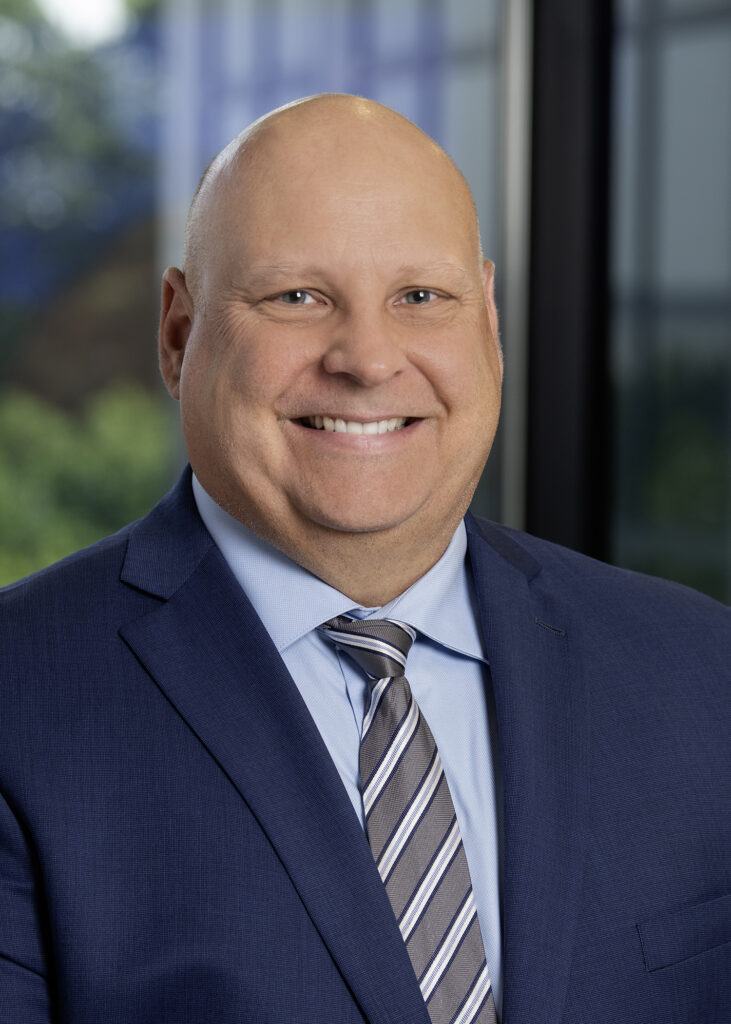Over the last several years, employers and retirement plan service providers may have come across an article or two about the required Roth catch-up contributions under the SECURE 2.0 Act of 2022 (SECURE 2.0). Under SECURE 2.0, participants in 401(k), 403(b), and governmental 457(b) plans who receive more than $145,000 (as indexed) in Federal Insurance Contributions Act (FICA) wages in the prior year from the employer sponsoring the plan are required to make catch-up contributions on a Roth basis.
The SECURE 2.0 Roth catch-up contribution requirement for high earners became effective January 1, 2024, but IRS Notice 2023-62 provided a two-year administrative transition period. During the transition period, catch-up contributions made in 2024 and 2025 are treated as satisfying SECURE 2.0, even if they are not designated as Roth contributions.
With the expiration of the transition period fast approaching, there was some industry speculation that the SECURE 2.0 Roth catch-up requirement would be delayed again. Such speculation ceased when the U.S. Treasury Department issued final regulations on September 16, 2025.
As explained in more detail below, the SECURE 2.0 mandatory Roth treatment of catch-up contributions for high earners begins January 1, 2026 (except for multiemployer plans), and the final regulations are applicable January 1, 2027, for most plans.
As employers and their service providers move into the final stages of implementing the Roth catch-up requirement, the following provisions of the final regulations deserve special attention, as they may require changes to the plan document.
Wage Threshold – Participants who receive in excess of $145,000 in FICA wages (as reported in Box 3 of Form W-2) in 2025 from the employer sponsoring the plan are subject to the mandatory Roth catch-up requirement in 2026.
The wage threshold of $145,000 is indexed and subject to cost of living adjustments. The “employer sponsoring the plan” is the participant’s common-law employer. The plan document may be amended, however, to provide for the aggregation of wages among employers using a common paymaster or among employers who are members of the same controlled group.
Deemed Election – Participants who are subject to the mandatory Roth catch-up requirement may be deemed to have designated any catch-up contributions made on their behalf as Roth contributions, as long as the participants are given an effective opportunity to make a different election.
If, in subsequent years, a participant ceases to be subject to the mandatory Roth catch-up requirement, or if a participant receives an amended Form W-2 indicating that the participant is not subject to the requirement, the deemed election may continue to apply only for a reasonable period of time thereafter. Any mandatory Roth catch-up contributions made before the end of the reasonable period need not be recharacterized as pre-tax contributions. The final regulations do not define what constitutes a “reasonable period of time.”
Corrections – If catch-up contributions made on behalf a participant who is subject to the Roth catch-up requirement are erroneously treated as pre-tax contributions, the final regulations identify two correction methods. In order to use either of the two methods, the plan generally must have practices and procedures in place to comply with the mandatory Roth requirement. Under the final regulations, the plan does not have the necessary practices and procedures unless it provides for the deemed Roth catch-up election described in the previous section for deferrals in excess of the Section 402(g) or Section 457(b) annual deferral limits.
One method of correcting catch-up contribution errors described in the final regulations involves the recharacterization of the contributions on the participant’s Form W-2 (the Form W-2 Correction Method). Under this method, the participant’s pre-tax contributions (adjusted for gains and losses) are transferred to the participant’s designated Roth contribution account. The transferred contributions (not adjusted for gains and losses) are reported on the participant’s Form W-2 for the year of the deferral as designated Roth contributions. The Form W-2 Correction Method is not available if the participant’s Form W-2 has already been filed or furnished to the participant.
The other correction method is the In-Plan Roth Rollover Correction Method. The participant’s erroneous pre-tax catch-up contributions (adjusted for gains and losses) are directly rolled over to the participant’s designated Roth contribution account in the plan. The amount of the in-plan Roth rollover is reported on Form 1099-R and included in the participant’s gross income for the year of the rollover. The In-Plan Roth Rollover Correction Method may be used even if the plan does not allow in-plan Roth rollovers, as long as the plan document includes language regarding this correction method.
The final regulations specify how the gains and losses on the correction amount must be calculated, which is the same method used to calculate gains and losses on excess deferrals. The plan must use the same correction method for all similarly situated participants.
Applicability Dates – In the preamble to the final regulations, the Treasury specifically noted that the two-year administrative transition period outlined in IRS Notice 2023-62 is not being extended or modified. Thus, the SECURE 2.0 mandatory Roth treatment of catch-up contributions for high earners begins January 1, 2026, for most plans.
There is a delayed statutory effective date for multiemployer plans. Such plans must comply with the statutory requirements by the first taxable year beginning after the date on which the last collective bargaining agreement related to the plan that is in effect on November 17, 2025, terminates (determined without regard to any extension).
While the statutory requirements generally are effective January 1, 2026, the final regulations are applicable January 1, 2027, except with respect to collectively bargained and governmental plans.
For collectively bargained plans, the final regulations are applicable as of the later of (i) January 1, 2027, or (ii) the first taxable year beginning after the date on which the last collective bargaining agreement related to the plan that is in effect on December 31, 2025, terminates (determined without regard to any extension).
The final regulations are applicable to governmental plans as of the later of (i) January 1, 2027, or (ii) the first taxable year beginning after the close of the first regular legislative session of the legislative body with the authority to amend the plan that begins after December 31, 2025.
Prior to the applicability date of the final regulations, a reasonable, good faith interpretation standard applies.
Coordination is Key – The final regulations provide critical information about the implementation, administration, and correction of mandatory Roth catch-up contributions under SECURE 2.0. The regulations also demonstrate how critical it will be for employers, their legal counsel, and their service providers to coordinate their efforts in order to ensure that the plan document accurately reflects the plan’s administration of the Roth catch-up requirement.
This blog post was drafted by Beth Miller and Eric Miller, attorneys in the Overland Park, Kansas, office of Spencer Fane. For more information, visit spencerfane.com.
Click here to subscribe to Spencer Fane communications to ensure you receive timely updates like this directly in your inbox.

